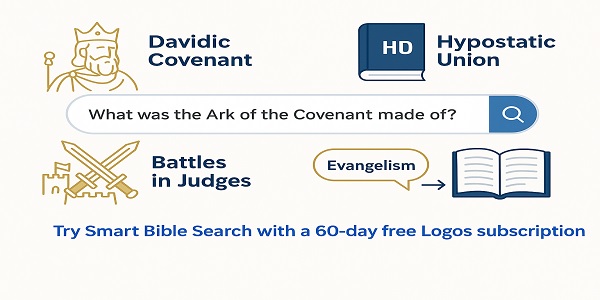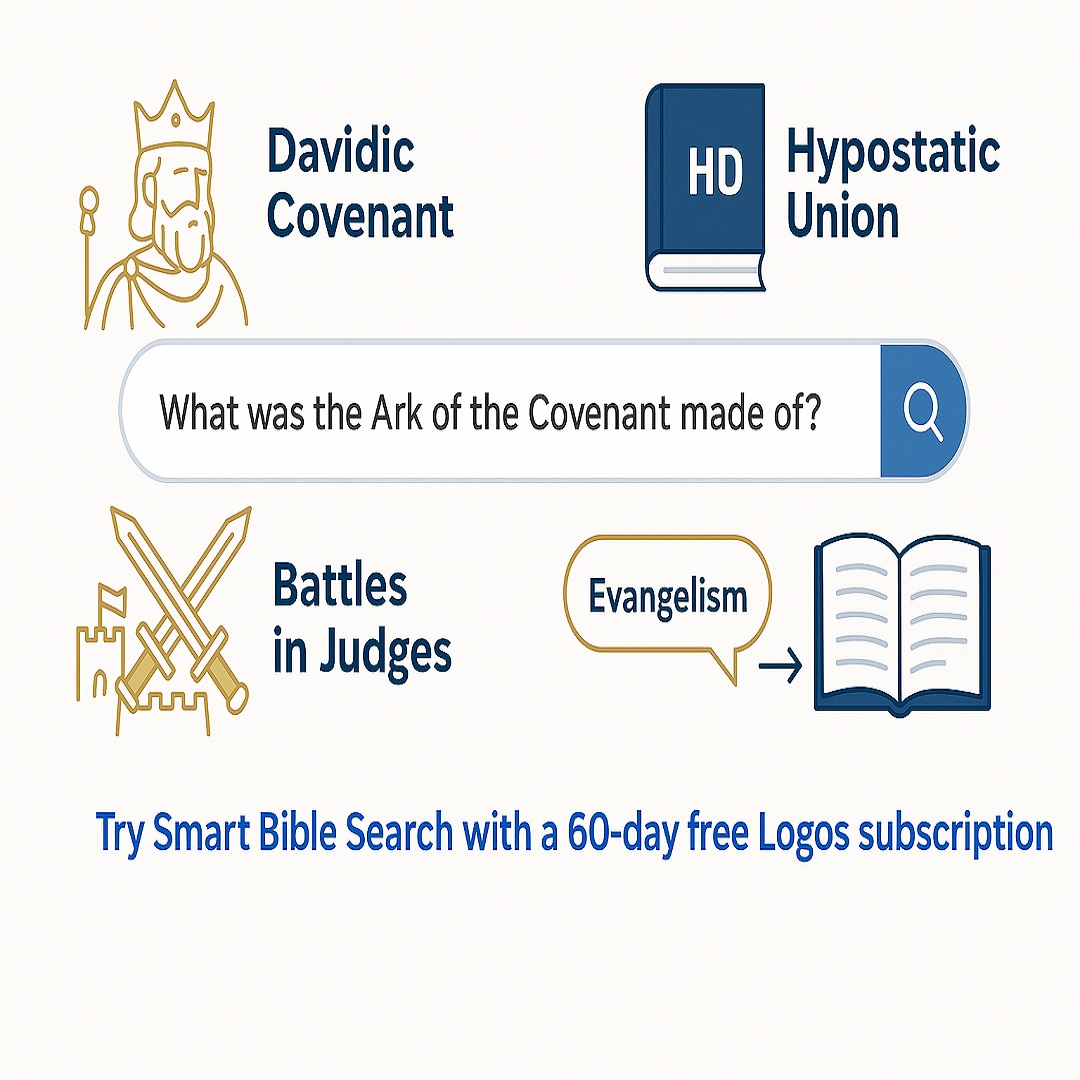The concept of giving a portion of one’s earnings or spoils of war is deeply rooted in ancient civilizations. Including from Greece to China. This practice involved making gifts as religious offerings or paying tribute to political authorities. Tithing, the act of giving one-tenth, found its place in the biblical narrative, carrying a rich history that evolved. It is a practice rooted in ancient biblical teachings and has been a subject of discussion and interpretation for centuries. In this exploration of the biblical perspective on tithing, we examine the purposes, recipients, and the transition into the New Testament era.
Ancient Roots and Biblical Beginnings:
The practice of giving a tenth, or tithing, had ancient roots across various cultures due to the commonality of counting in tens. In the Bible, the first mention of tithing occurs when Abraham. He gave one-tenth of the spoils of war to Melchizedek, the priest-king of Salem (Gen 14:18-20).
Evolution of Tithing in the Bible:
Tithing in the biblical world evolved, with instances such as Jacob promising to give a tenth to God if he returned home safely (Gen 28:22). The Book of Exodus initially required giving only first fruits, and the specifics of the tithe were not clearly defined. The allocation of tithes to the Levites for their priestly service, along with their own tithing, added layers of complexity to the practice (Numbers 18:19-21).
Tithing and Additional Offerings:
Examining the Old Testament reveals that various tenth parts of feasts were allocated for burnt offerings, distinct from the tithe (Num. 28:27-31). Additionally, the priesthood and their families were entitled to portions of most offerings (Num. 18:8ff; Lev. 22:10ff), underscoring the complexity of biblical giving.
Third-Year Tithe:
The ambiguity surrounding the third year’s relationship with the yearly tithe raises intriguing questions. Is it an addition to the tithe or an alternative?
Instructions and Variations:
Differences in instructions between Deuteronomy and Numbers led to debates among scholars. Some believe in two tithes each year, while others argue for a triennial tithe. The nuanced exploration of these variations reveals changing contexts played a role in the evolving nature of tithing practices.
Tithing in Deuteronomy:
Deuteronomy instructed households to bring their tithes to the sanctuary for a joyous sacrificial meal. The text provided flexibility, allowing goods to be sold locally if the sanctuary was too far, with the money used to purchase various items when they arrived at the temple. Every third year, tithes remained in the hometown, supporting the Levite, alien, orphan, and widow (Deut. 14:22-29).
Threefold Purpose of Tithing:
Regardless of the way tithe was actually structured in ancient times, the threefold purpose of tithing is evident. They are:
- Celebrating God’s abundant provision
- Providing for the priesthood
- Supporting widows, orphans, travellers, and the poor (Deut. 14:22-29)
Understanding the Poor:
The Bible characterizes the poor, and orphans as those with little to call their own, unable to work due to sickness, or earning meagre wages requiring daily sustenance (Ex. 22:26). Widows often fell into that category also.
Tithing as a Spiritual Discipline:
Tithing served as a tangible expression of Israel’s devotion to God. However, historical accounts reveal that the people did not always give as they should. Withholding tithes and offerings was equated with robbing God, while obedience brought forth great prosperity (Mal. 3:8-12). Leaders like Hezekiah and Nehemiah oversaw the restoration of obedience and financial support for the priesthood.
Transition to the New Testament:
Drawing connections between Old and New Testament passages, such as Leviticus 22:18-30, Leviticus 27:33, and Matthew 23:23, provides a better understanding of the principles guiding tithing in biblical teachings.
In the New Testament, Jesus shifted the focus from external practices to inward attitudes. While the New Testament does not mandate a specific percentage for Christians to tithe, it reaffirms the principles associated with tithing, such as supporting those who minister, caring for the poor, and giving joyously.
The Role of the Church:
Acknowledging the prevalence of poverty among Jesus’ followers emphasizes the importance of alleviating burdens rather than imposing tithes.
With the absence of the central place, such as the Temple or Tabernacle, the question emerges: Does the church replace it? The transition from Old Testament practices to the New Testament era requires a nuanced examination of the role of the church in the context of tithing.
The Widow’s Mite:
Examining the widow’s mite narrative highlights the distinction between tithing and sacrificial giving. Her offering, though not a tithe, symbolizes a sacrificial act. Emphasizing the heart behind giving rather than adhering to a rigid percentage.
Stewardship and Accountability:
The biblical perspective on possessions is rooted in the understanding that everything belongs to God. Humans are accountable for their stewardship (Gen. 9:5; Rom. 14:12; 2 Cor. 5:10). But this still raises questions: Does tithing apply only to abundance or profit? Is it exempt during periods of loss? What about tithing on loans?
Does tithing apply only to abundance or profit?
Biblical tithing was often associated with agricultural produce, livestock, and other forms of income. While the specific details varied, the principle was to give a tenth of one’s resources. It was not solely limited to abundance or profit; rather, it was a regular practice regardless of whether the individual had an abundance or was experiencing a more modest income.
In the New Testament, Jesus mentions tithing, and there are references to giving generously, but the specific practice of tithing is not as explicitly emphasized as in the Old Testament. Christians may interpret and apply the principles of giving in various ways, with some adhering to a traditional tithe and others focusing on cheerful and sacrificial giving without a strict percentage.
It’s essential to note that interpretations and practices regarding tithing can vary among different Christian denominations and individual believers. Some see it as a timeless principle, while others view it as part of the Old Covenant that may not be binding on Christians today. Understanding the specific teachings of your religious tradition or community can provide more clarity on how tithing is interpreted and applied in your faith.
Is it exempt during periods of loss?
The question of whether someone is exempt from tithing during periods of financial loss or hardship can vary based on individual beliefs and interpretations within different religious traditions. There is no universal agreement among all Christians or adherents of other religions on this matter. Some people may feel that during times of financial difficulty, the obligation to tithe should be adjusted or temporarily waived, while others may argue that consistent giving, even in challenging circumstances, is an expression of faith and trust in a higher power.
In some religious communities, there might be flexibility or understanding regarding tithing during times of hardship. For example, some individuals or religious leaders may encourage believers to prioritize basic needs and family well-being during financial challenges. Others may emphasize the idea that giving, even in difficult times, is an act of faith that can lead to blessings or that one should trust in divine provision.
What about tithing on loans?
The issue of tithing on loans is not explicitly addressed in most traditional interpretations of religious texts that mention tithing. Tithing is generally associated with income, agricultural produce, or other forms of increase. However, specific guidance on tithing in the context of loans may not be provided directly in religious scriptures.
In many religious traditions, the focus of tithing is on giving a percentage of one’s income or produce to support the religious community or charitable causes. When it comes to loans, the principle of tithing may not directly apply to the borrowed amount itself, as it is not considered income or profit.
Some individuals may choose to tithe on the income they receive, including any that may be used to repay loans. Others may view loans as separate financial transactions, and tithing might be based on their overall income or profit rather than the borrowed sum.
Interpretations may vary among different religious denominations and individual believers. It is good advice to seek guidance from leaders, scholars, or advisors within one’s faith community. This will allow you to understand the specific teachings and recommendations regarding tithing in the context of loans. Ultimately, decisions on tithing are often matters of personal conviction within the framework of one’s beliefs.
Conclusion:
The evolution of tithing, from ancient cultural practices to its rich biblical history, underscores the importance of understanding the principles rather than adhering rigidly to specific percentages. As we navigate the transition into the New Testament era, the emphasis shifts from external rituals to the heart’s disposition in giving. Tithing, in its various forms, continues to be a reflection of devotion to God, supporting those in need, and maintaining spiritual principles in contemporary contexts.



 Search The Bible the way you have always wanted to.
Search The Bible the way you have always wanted to.
 The most complete Bible study Platform. Start you Free trial Now!
The most complete Bible study Platform. Start you Free trial Now!


